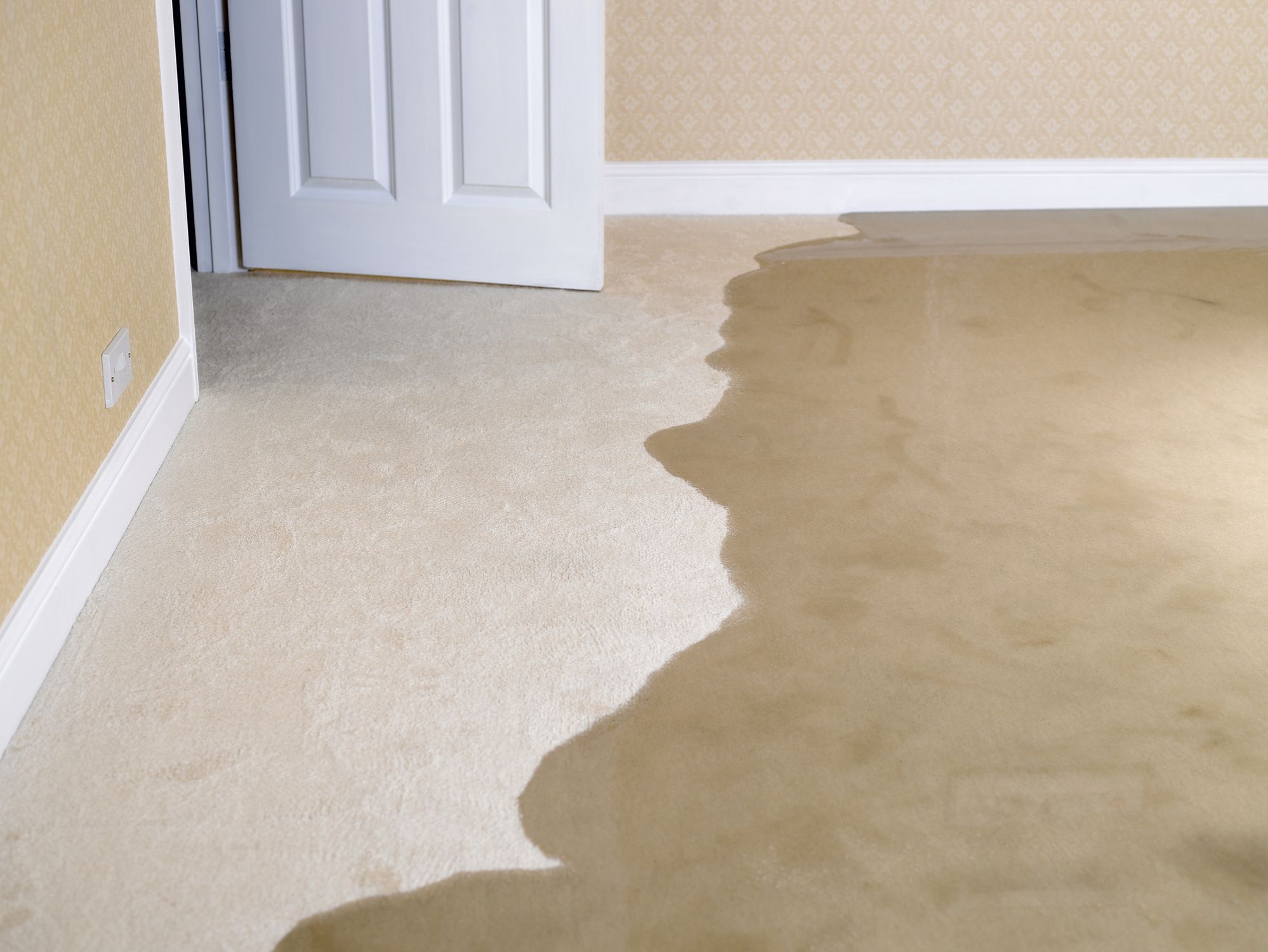

Articles
How To Dry Out Basement Carpet
Modified: October 20, 2024
Learn effective methods to dry out basement carpet with these informative articles. Protect your home from moisture damage and mold growth.
(Many of the links in this article redirect to a specific reviewed product. Your purchase of these products through affiliate links helps to generate commission for Storables.com, at no extra cost. Learn more)
Introduction
Having a water-damaged basement can be a homeowner’s nightmare. Not only can it cause structural damage to the foundation of your home, but it can also lead to mold and mildew growth, posing health risks to you and your family. One of the most common areas affected by water damage in a basement is the carpet.
In this article, we will guide you through the process of drying out basement carpet and restoring it to its pre-damage condition. From assessing the extent of the water damage to applying drying agents and using fans and dehumidifiers, we’ll provide you with expert tips to help you effectively dry out your basement carpet.
Before we delve into the step-by-step process, it’s important to note that if the water damage in your basement is significant or if you have any concerns about your safety, it’s always best to consult with a professional water damage restoration company. They have the expertise and specialized equipment to handle more severe cases of water damage.
Now, let’s dive into the process of drying out basement carpet and getting your space back to normal.
Key Takeaways:
- Efficiently restore your water-damaged basement carpet by following a systematic approach, from assessing the damage to applying drying agents and using fans and dehumidifiers.
- Implement preventive measures to safeguard your basement carpet from future water damage, including regular maintenance, drainage improvements, and appliance placement awareness.
Read more: How To Dry Out Basement
Assessing the Water Damage
The first step in drying out a basement carpet is to assess the extent of the water damage. This will help you determine the best course of action and understand the level of restoration that will be required.
Start by identifying the source of the water. Is it a result of a plumbing leak, a burst pipe, or heavy rainwater seepage? Understanding the source will help you prevent further damage and address the underlying issue.
Next, evaluate the severity of the water damage by examining the saturation level of the carpet. Is the entire carpet soaked or only a specific area? Take note of any visible signs of damage, such as discoloration, warping, or mold growth.
Assess the condition of the underlying padding as well. If it is soaked or shows signs of mold growth, it may need to be replaced.
It’s also important to consider the time that has passed since the water damage occurred. The longer the carpet remains wet, the higher the likelihood of mold and mildew growth. Time is of the essence when it comes to drying out the carpet.
By thoroughly assessing the water damage, you will have a clear understanding of the scope of the problem and be better prepared to tackle the drying process.
Removing Excess Water
Once you have assessed the water damage, the next step is to remove as much excess water from the basement carpet as possible. This is crucial for speeding up the drying process and preventing further damage.
Here are some methods you can use to remove excess water:
- Use a wet/dry vacuum: If you have access to a wet/dry vacuum cleaner, this can be a highly effective tool for extracting water from the carpet. Start by vacuuming the water in small sections, applying gentle pressure and making multiple passes until no more water is being extracted.
- Use towels or mops: Place absorbent towels or mops on the wet areas of the carpet and press them down firmly to soak up the water. Once the towels become saturated, wring them out and replace them with dry ones. Repeat this process until you have removed as much water as possible.
- Utilize a sump pump: If you have a sump pump in your basement, you can use it to help remove excess water. Position the sump pump hose near the water-damaged areas and pump the water out. Be cautious not to overload the pump or cause additional damage.
Remember to Dispose of the extracted water properly. Do not pour it down your household drains, as it may contain contaminants. Instead, empty it outside, away from your home’s foundation.
By promptly removing excess water from the basement carpet, you can minimize the risk of further damage and accelerate the drying process.
Extracting Water from the Carpet
After removing as much excess water as possible, the next step is to extract the remaining water from the carpet fibers. This is crucial for preventing mold and mildew growth and ensuring thorough drying.
Here are a few methods you can use to extract water from the carpet:
- Using a carpet extractor or carpet cleaning machine: If you have access to a carpet extractor or a carpet cleaning machine, they can be highly effective in extracting water from the carpet. Follow the manufacturer’s instructions on how to use the machine and focus on the water-damaged areas of the carpet.
- Pressing with clean towels: Take clean, absorbent towels and press them firmly onto the wet areas of the carpet. The towels will absorb the water from the carpet fibers. Replace the towels as they become saturated and continue the process until the towels come away damp rather than wet.
- Walking on the carpet: While it may seem counterintuitive, walking on the carpet with clean, absorbent towels under your feet can help extract water. The weight and movement will encourage the towels to absorb moisture from the carpet. Repeat this process until the towels remain damp rather than wet.
It’s important to note that these methods may not completely extract all the water from the carpet. We recommend following up with other drying techniques to ensure thorough drying and prevent moisture-related issues.
By effectively extracting water from the carpet, you’ll be one step closer to restoring it to its pre-damage condition and preventing further damage.
Applying Drying Agents
After removing and extracting as much water as possible, it’s time to speed up the drying process by applying drying agents to the basement carpet. These agents help absorb moisture from the carpet fibers and promote faster evaporation.
Here are some common drying agents you can use:
- Baking soda: Known for its absorbent properties, baking soda can help extract moisture from the carpet. Sprinkle a generous amount of baking soda onto the damp areas of the carpet and gently work it into the fibers using a soft brush or broom. Leave it overnight to absorb moisture and then vacuum it up the next day.
- Cornstarch: Similar to baking soda, cornstarch acts as an absorbent agent. Apply a liberal amount of cornstarch to the wet areas of the carpet and let it sit for several hours or overnight. Then, vacuum it up to remove the moisture it has absorbed.
- Silica gel packets: These small packets, often found in the packaging of electronics or shoes, contain silica gel beads that are excellent at absorbing moisture. Place silica gel packets on the wet areas of the carpet and let them sit for several hours. Once they have absorbed moisture, discard them and replace with fresh packets if necessary.
In addition to these drying agents, you can also consider using commercial moisture-absorbing products specifically designed for drying out carpets. Follow the manufacturer’s instructions for proper application and leave the drying agents in place for the recommended amount of time.
Remember to create good airflow in the basement during the drying process. Open windows and doors if weather conditions allow, and use fans and dehumidifiers to enhance air circulation and promote evaporation.
By applying drying agents to the basement carpet, you’ll help remove residual moisture and expedite the drying process.
To dry out basement carpet, start by removing excess water with a wet/dry vacuum. Then use fans and dehumidifiers to circulate air and reduce moisture. Finally, consider using a carpet cleaner to prevent mold and mildew growth.
Read more: How To Get Dry Milk Out Of A Carpet
Using Fans and Dehumidifiers
To further accelerate the drying process and remove excess moisture from the basement carpet, it’s crucial to utilize fans and dehumidifiers. These devices help improve air circulation and control humidity levels, preventing mold growth and promoting faster drying.
Here’s how you can effectively use fans and dehumidifiers:
- Position fans strategically: Place large box fans or high-velocity fans in the basement to create airflow across the wet carpet. Make sure the fans are aimed towards the carpet and set them on a high speed setting. This will help facilitate evaporation and drying.
- Use air movers: If possible, rent or borrow air movers, which are powerful fans specifically designed for drying damp areas. Position them at different angles to maximize airflow and ensure even drying throughout the basement carpet.
- Set up dehumidifiers: Dehumidifiers draw excess moisture from the air, helping to reduce humidity levels in the basement. Place one or more dehumidifiers in the affected area, following the manufacturer’s instructions on operation and maintenance. Empty the water reservoir regularly to maintain optimal efficiency.
Keep in mind that it’s important to create a balanced drying environment. Aim to achieve a relative humidity level of around 40% to 50% for effective drying without drying out the space excessively.
During the drying process, periodically check the carpet and monitor the progress. Adjust the fan and dehumidifier settings as needed based on the moisture level and the drying rate. Patience is key, as drying the basement carpet may take several days.
By incorporating fans and dehumidifiers into your drying process, you’ll ensure effective moisture removal and promote thorough drying of the basement carpet.
Monitoring the Drying Process
Throughout the drying process, it’s essential to monitor the progress and make any necessary adjustments to ensure the basement carpet is drying effectively. By closely monitoring the drying process, you can identify any potential issues and take appropriate actions to prevent further damage.
Here are some important steps to take when monitoring the drying process:
- Check the moisture levels: Use a moisture meter to regularly check the moisture levels in the carpet and underlying padding. This will help you determine if the drying process is progressing and if any areas require additional attention.
- Inspect for mold growth: Keep an eye out for any signs of mold or mildew growth during the drying process. Look for visible mold or a musty odor, which can indicate excessive moisture. If you notice signs of mold, it’s crucial to address it promptly to prevent further damage and health risks.
- Adjust fan and dehumidifier settings: Depending on the moisture levels in the basement, you may need to adjust the settings on your fans and dehumidifiers. If the carpet is still damp, increase the airflow and humidity control. Conversely, if the carpet feels overly dry, you can reduce the fan speed and adjust the dehumidifier settings.
- Rotate and flip the carpet: If certain areas of the carpet are drying faster than others, consider rotating or flipping the carpet to ensure even drying. This will prevent uneven shrinkage or discoloration.
Regularly documenting the progress of the drying process by taking photographs and making notes can be helpful for insurance purposes or if professional assistance is required.
Remember, the drying process can take several days, depending on various factors such as the extent of the water damage, ambient temperature, and humidity levels. Patience and careful monitoring are key to ensuring the basement carpet is thoroughly dried.
By actively monitoring the drying process, you can address any issues promptly and ensure effective restoration of the basement carpet.
Cleaning and Disinfecting the Carpet
Once the basement carpet is completely dry, it’s crucial to clean and disinfect it to remove any remaining dirt, bacteria, or potential contaminants that may have been introduced during the water damage.
Follow these steps to effectively clean and disinfect the carpet:
- Vacuum the carpet: Start by thoroughly vacuuming the entire carpet to remove any loose dirt, debris, or dust. Use a high-quality vacuum cleaner with a clean filter and strong suction power.
- Prepare a cleaning solution: Mix a gentle carpet cleaning solution with warm water according to the manufacturer’s instructions. Avoid using harsh chemicals that may damage the carpet fibers or your health.
- Test the cleaning solution: Before applying the cleaning solution to the entire carpet, test it in a small, inconspicuous area to ensure it doesn’t cause discoloration or damage. Wait for the test area to dry and inspect it for any negative effects.
- Spot clean stains: If there are any remaining stains on the carpet, use a clean cloth or sponge to gently blot the stain with the cleaning solution. Avoid scrubbing vigorously, as this can push the stain deeper into the carpet fibers.
- Clean the entire carpet: Apply the cleaning solution evenly to the entire carpet, working it into the fibers with a soft brush or a clean, damp cloth. Ensure you cover all areas, including corners and edges.
- Rinse the carpet: After allowing the cleaning solution to sit for the recommended time, rinse the carpet thoroughly with clean water. This will remove any residue and leftover cleaning solution.
- Dry the carpet: Use fans and open windows to promote airflow and aid in drying the carpet after cleaning. Ensure the carpet is completely dry before moving any furniture back in or allowing foot traffic.
- Disinfect the carpet: It’s recommended to use a disinfectant spray or solution designed for use on carpets to kill any remaining bacteria or germs. Follow the manufacturer’s instructions for proper application and allow sufficient contact time.
Properly cleaning and disinfecting the basement carpet not only removes any lingering contaminants but also helps maintain a healthy and fresh environment.
Remember to regularly clean and maintain your basement to prevent future water damage and ensure the longevity of your carpet.
Preventive Measures for Future Incidents
Water damage in the basement can be a troublesome and costly issue. To prevent future incidents and protect your basement carpet, it’s essential to implement proactive measures. By taking these preventive steps, you can minimize the risk of water damage and maintain the integrity of your home.
Here are some preventive measures to consider:
- Inspect and maintain your plumbing: Regularly inspect your plumbing system for any leaks, drips, or signs of damage. Fix any issues promptly and consider having a professional plumber conduct regular maintenance to prevent unexpected water damage.
- Install a sump pump: If your basement is prone to flooding or experiencing water issues, installing a sump pump can be a wise investment. A sump pump helps redirect water away from the basement, reducing the risk of water damage to your carpet and belongings.
- Improve drainage around your home: Ensure that the ground slopes away from your home’s foundation, directing water away from the basement. Consider installing gutters and downspouts to efficiently divert rainwater away from the house.
- Seal basement walls and floors: Apply a waterproof sealant or paint to your basement walls and floors to create a barrier against moisture. Regularly inspect and repair any cracks or gaps to prevent water intrusion.
- Install a moisture barrier: Consider installing a vapor barrier or moisture barrier beneath your basement carpet. This can help prevent moisture from seeping into the carpet and underlying padding.
- Use area rugs or waterproof flooring: If you’re concerned about potential water damage, consider using area rugs or waterproof flooring options in the basement instead of wall-to-wall carpeting. These can be easier to clean and replace if water damage occurs.
- Be mindful of appliance placement: Avoid placing appliances that require water, such as washing machines or water heaters, directly on carpeted areas in the basement. Use trays or drip pans beneath these appliances to catch any potential leaks or spills.
- Regularly inspect for potential issues: Conduct routine inspections of your basement, checking for signs of water damage, leaks, or excessive moisture. Address any issues immediately to prevent further damage.
Implementing these preventive measures will go a long way in safeguarding your basement carpet and reducing the risk of future water damage.
Remember, it’s crucial to have appropriate insurance coverage for your home and belongings to provide financial protection in the event of water damage. Consult with your insurance provider to ensure you have adequate coverage.
Read more: How To Get Dried Resin Out Of The Carpet
Conclusion
Drying out a water-damaged basement carpet requires a systematic approach and careful execution. By following the steps outlined in this article, you can efficiently restore your carpet and minimize the risks associated with water damage.
From assessing the water damage to removing excess water, extracting water from the carpet, applying drying agents, using fans and dehumidifiers, monitoring the drying process, and cleaning and disinfecting the carpet, each step plays a crucial role in the successful restoration of your basement.
Additionally, taking preventive measures for future incidents is essential to avoid future water damage and protect your basement carpet. Regular maintenance, inspections, and improvements in drainage and sealing can go a long way in preventing costly damage and preserving the longevity of your carpet.
Remember, if the water damage is extensive or if you have concerns about your safety, consult with a professional water damage restoration company. They have the expertise and equipment to handle severe cases of water damage and ensure a thorough restoration process.
By staying vigilant, addressing water issues promptly, and implementing preventive measures, you can protect your basement carpet and maintain a safe and healthy living environment for you and your family.
Don’t let water damage dampen your spirits. Take action, follow the steps outlined in this article, and reclaim your basement carpet from the grasp of water damage.
Frequently Asked Questions about How To Dry Out Basement Carpet
Was this page helpful?
At Storables.com, we guarantee accurate and reliable information. Our content, validated by Expert Board Contributors, is crafted following stringent Editorial Policies. We're committed to providing you with well-researched, expert-backed insights for all your informational needs.

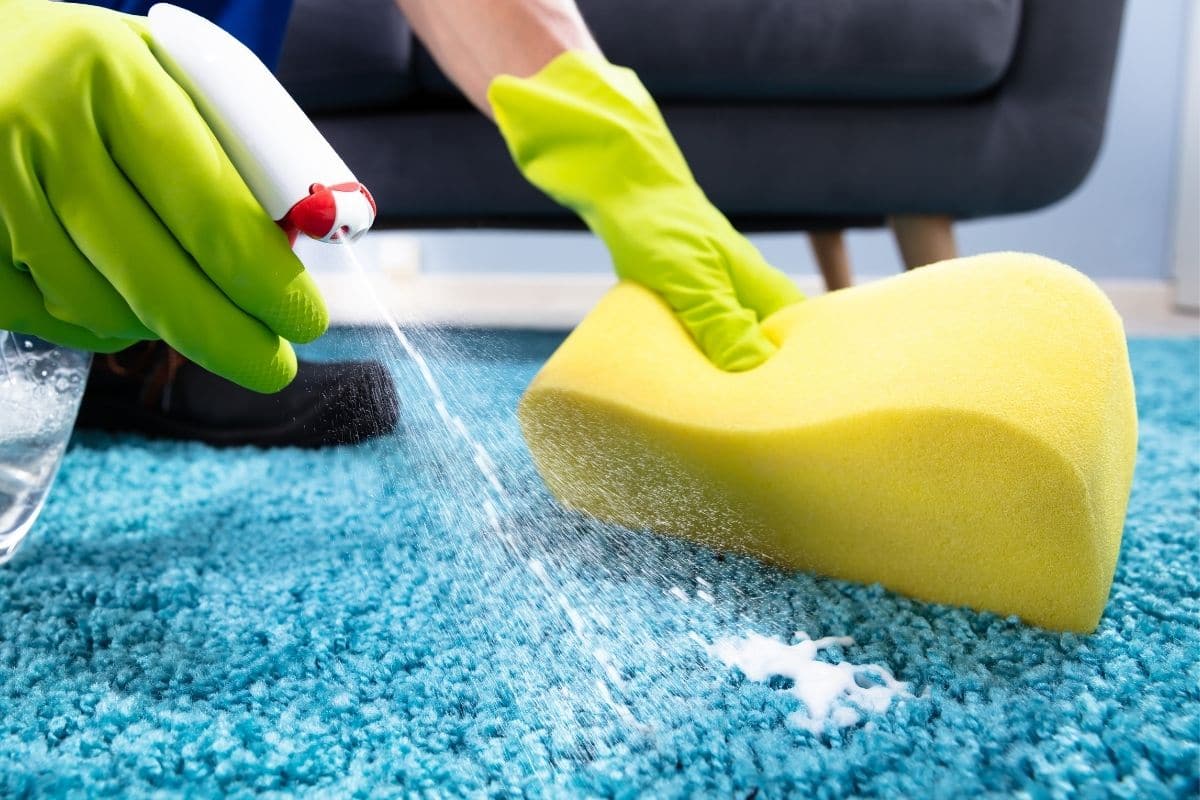
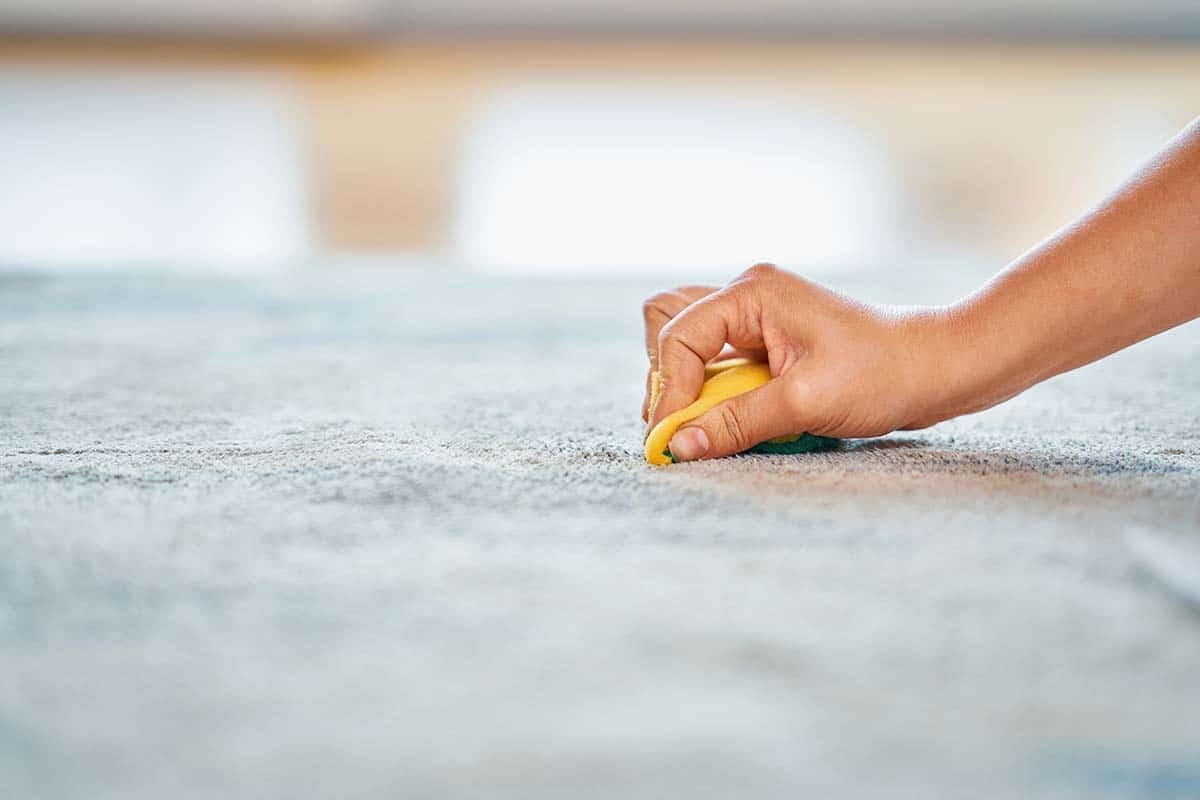

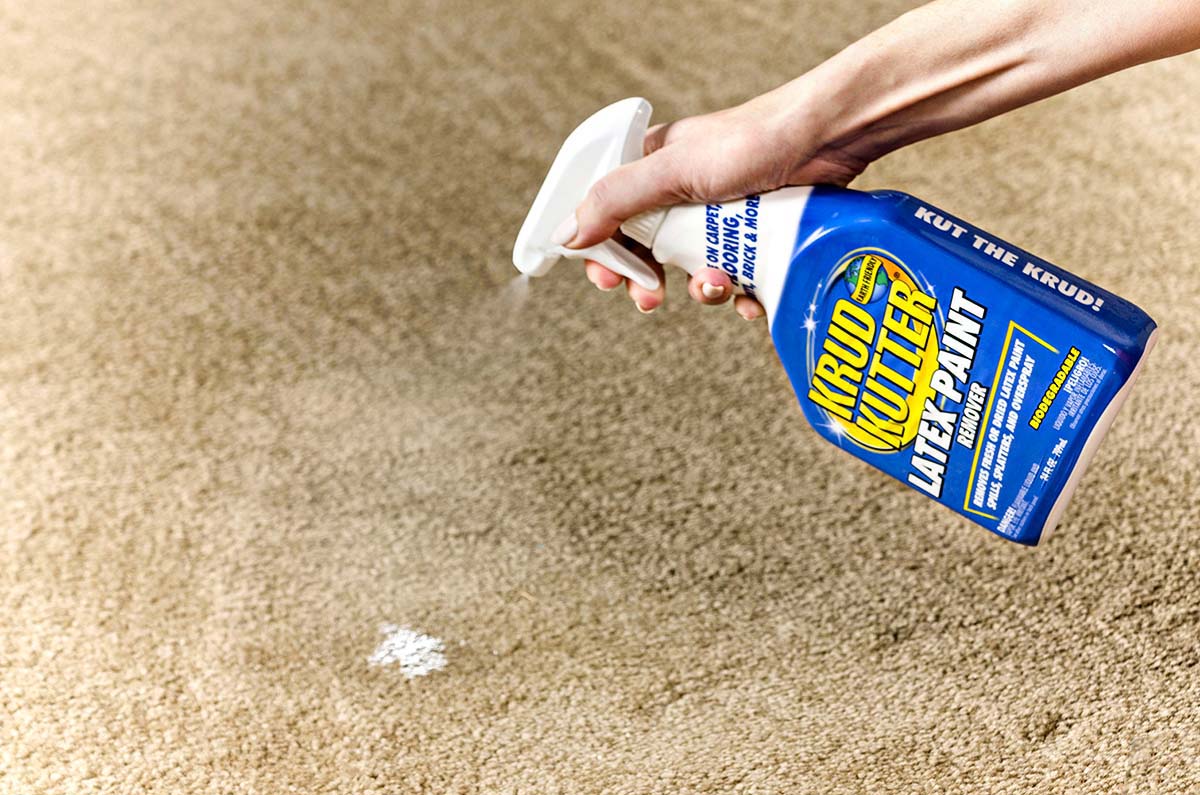
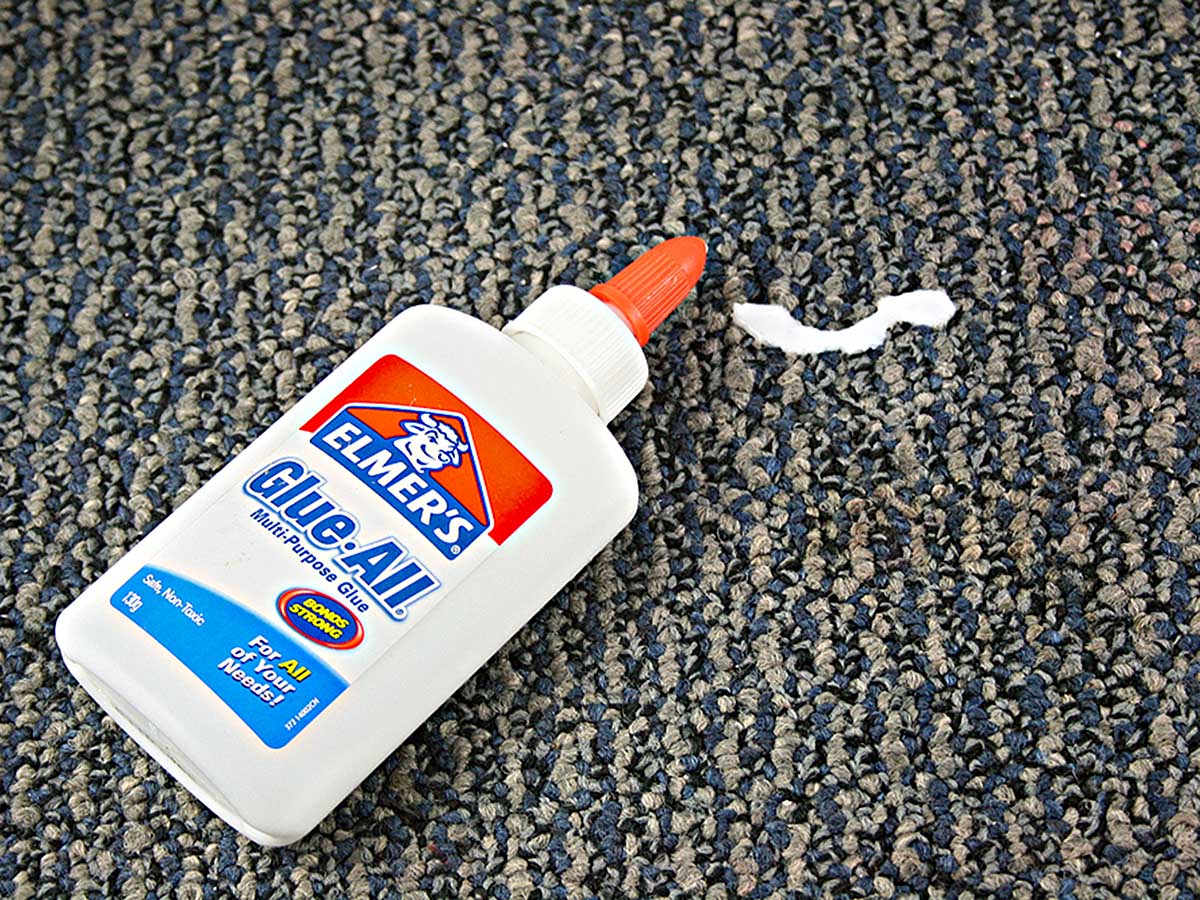

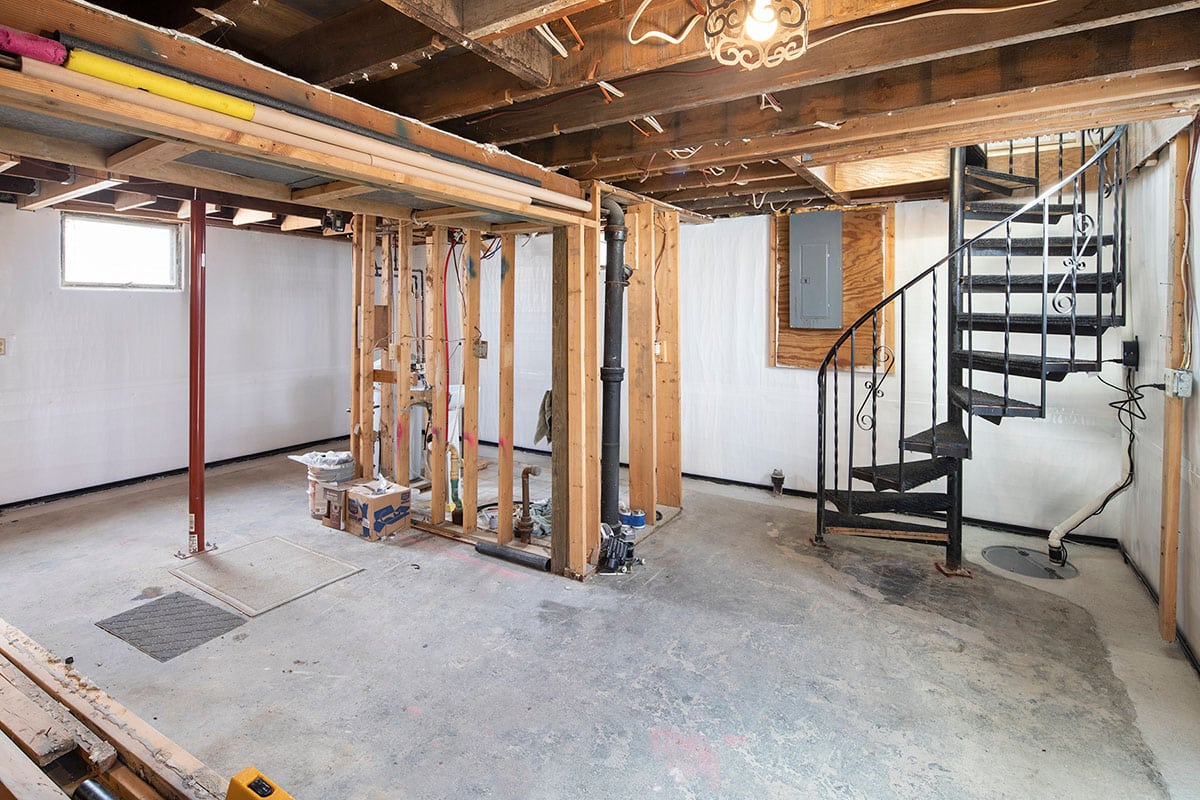
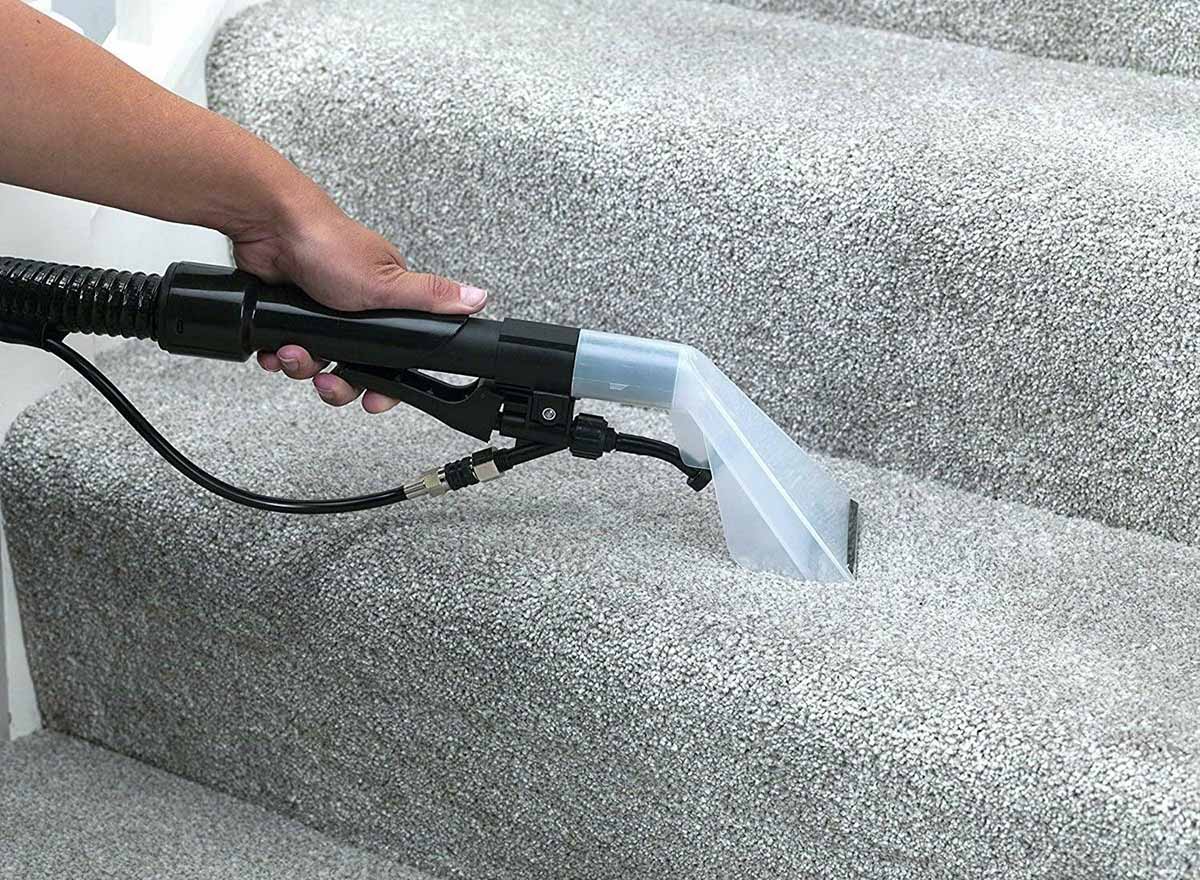
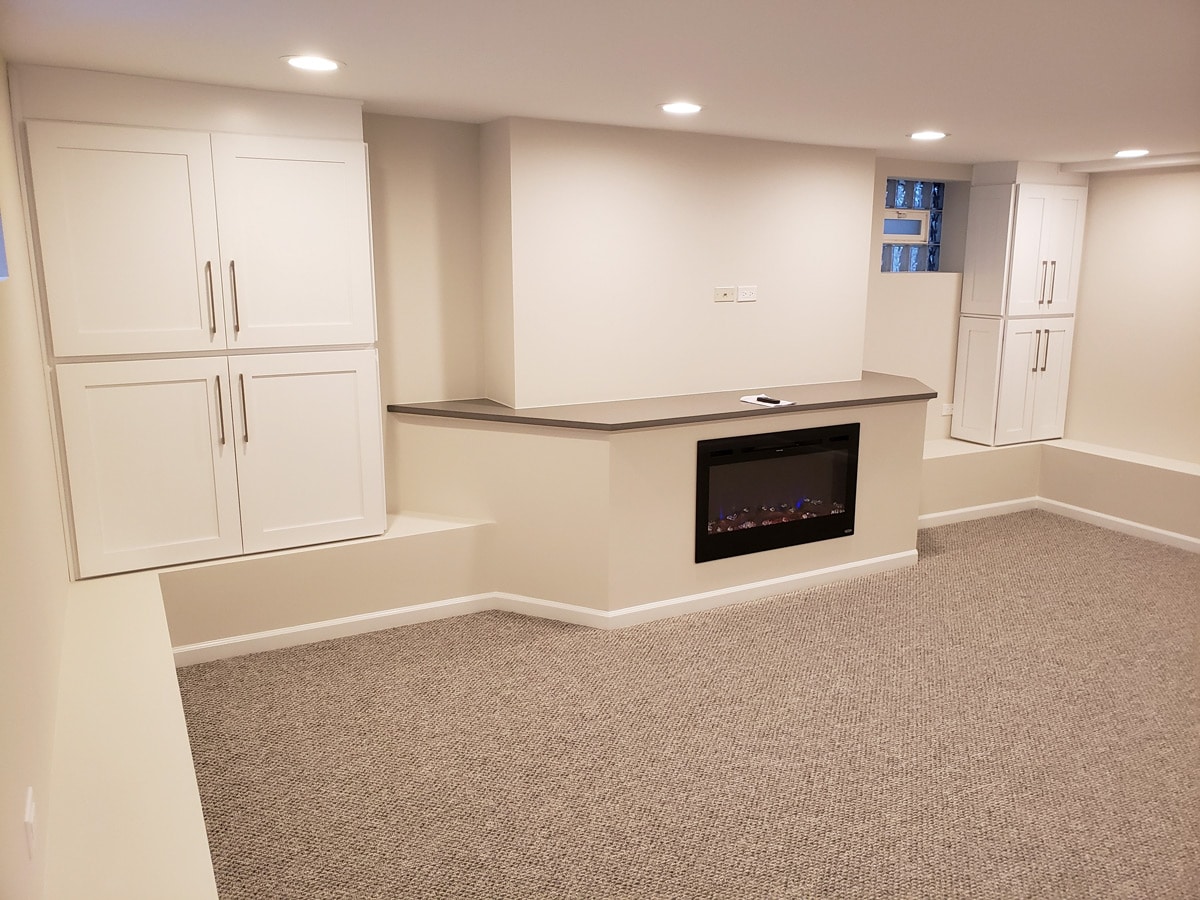
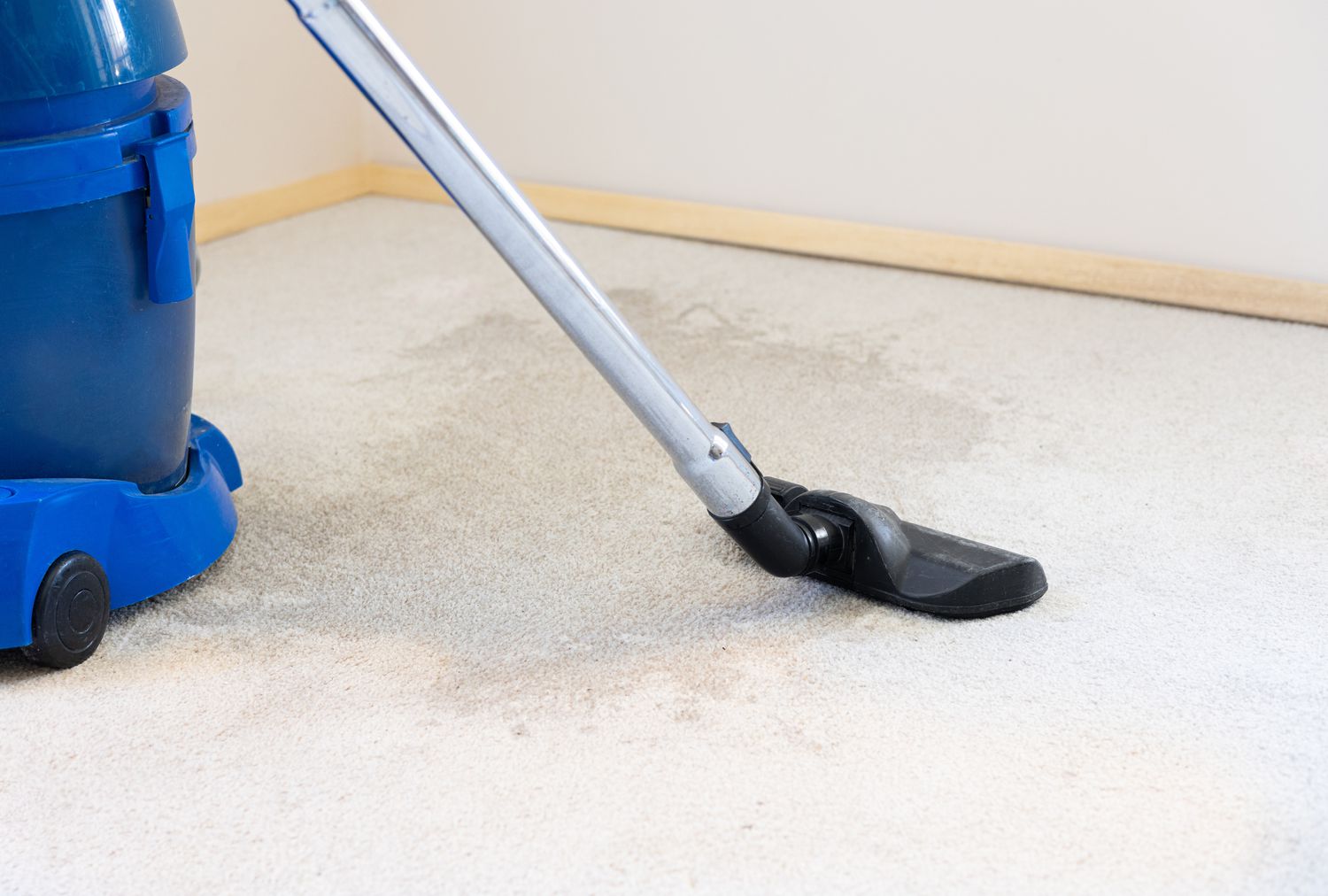
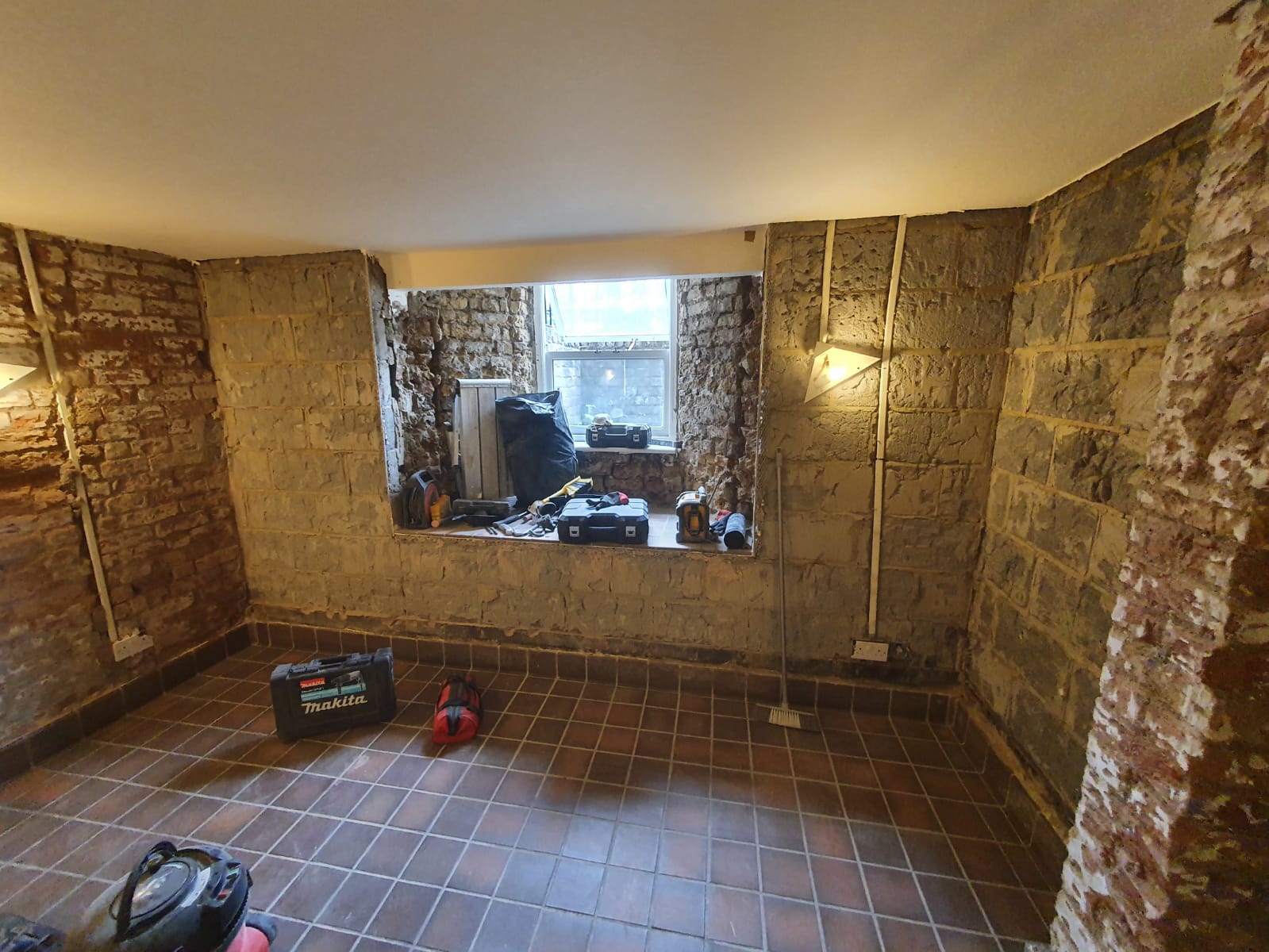
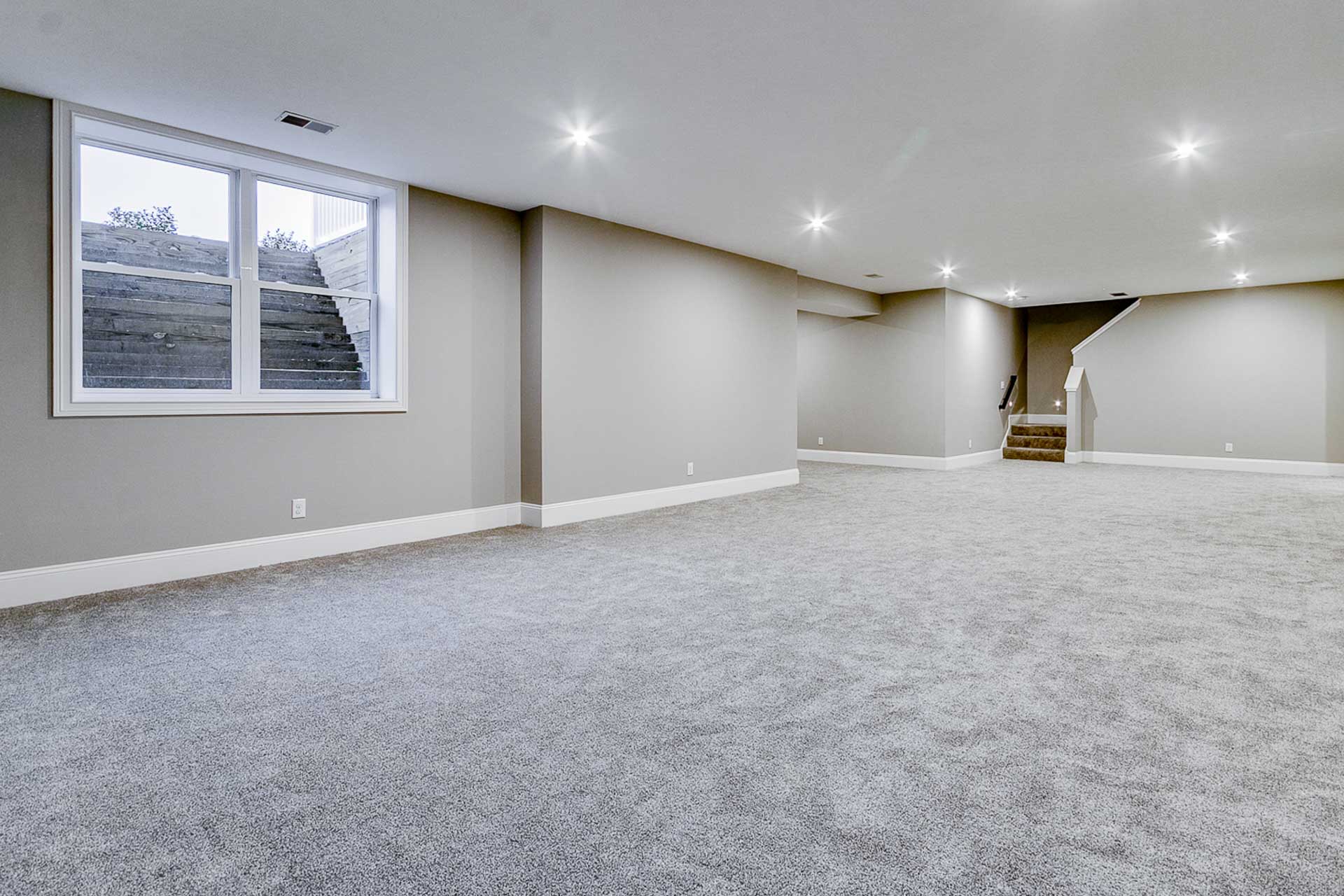

0 thoughts on “How To Dry Out Basement Carpet”